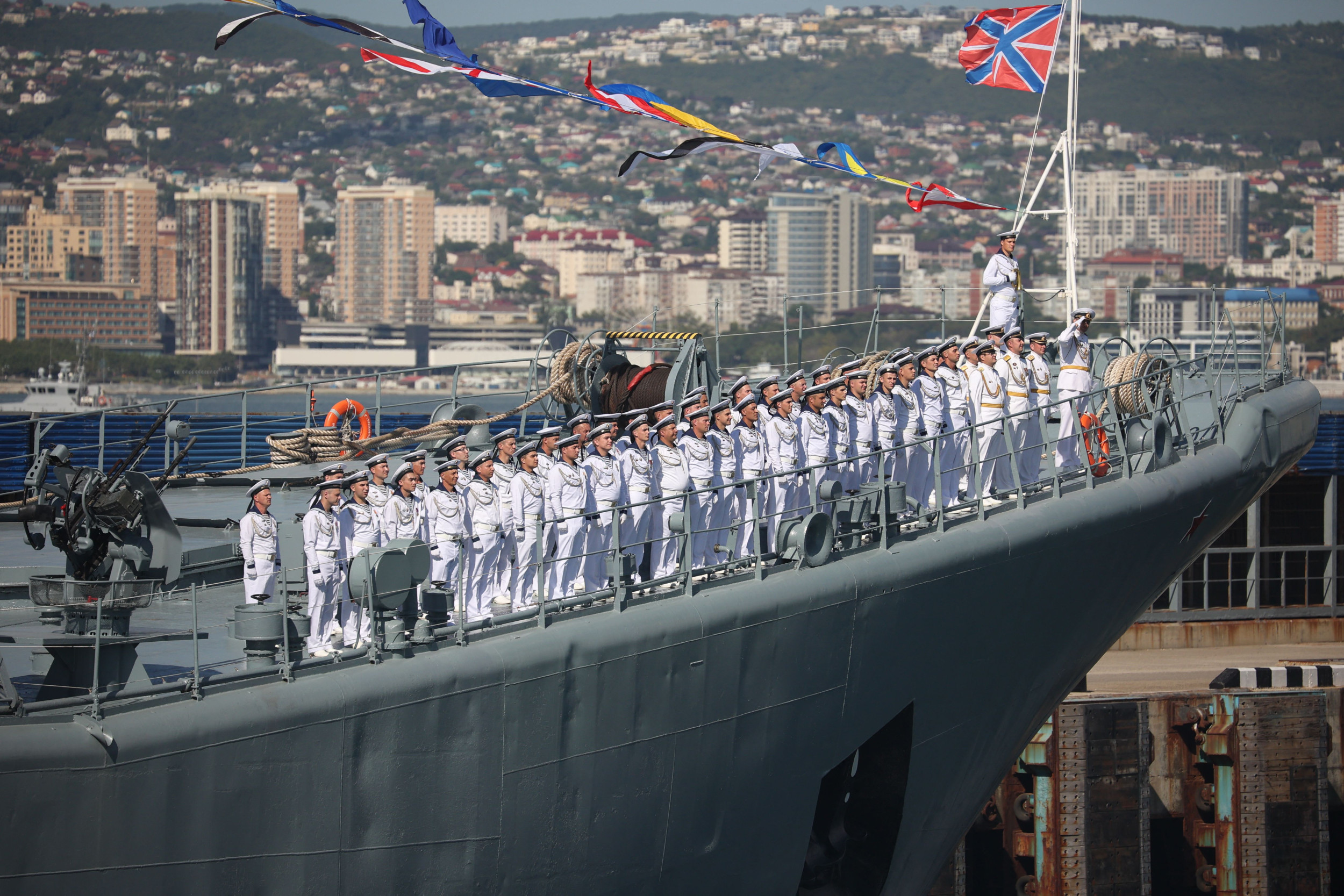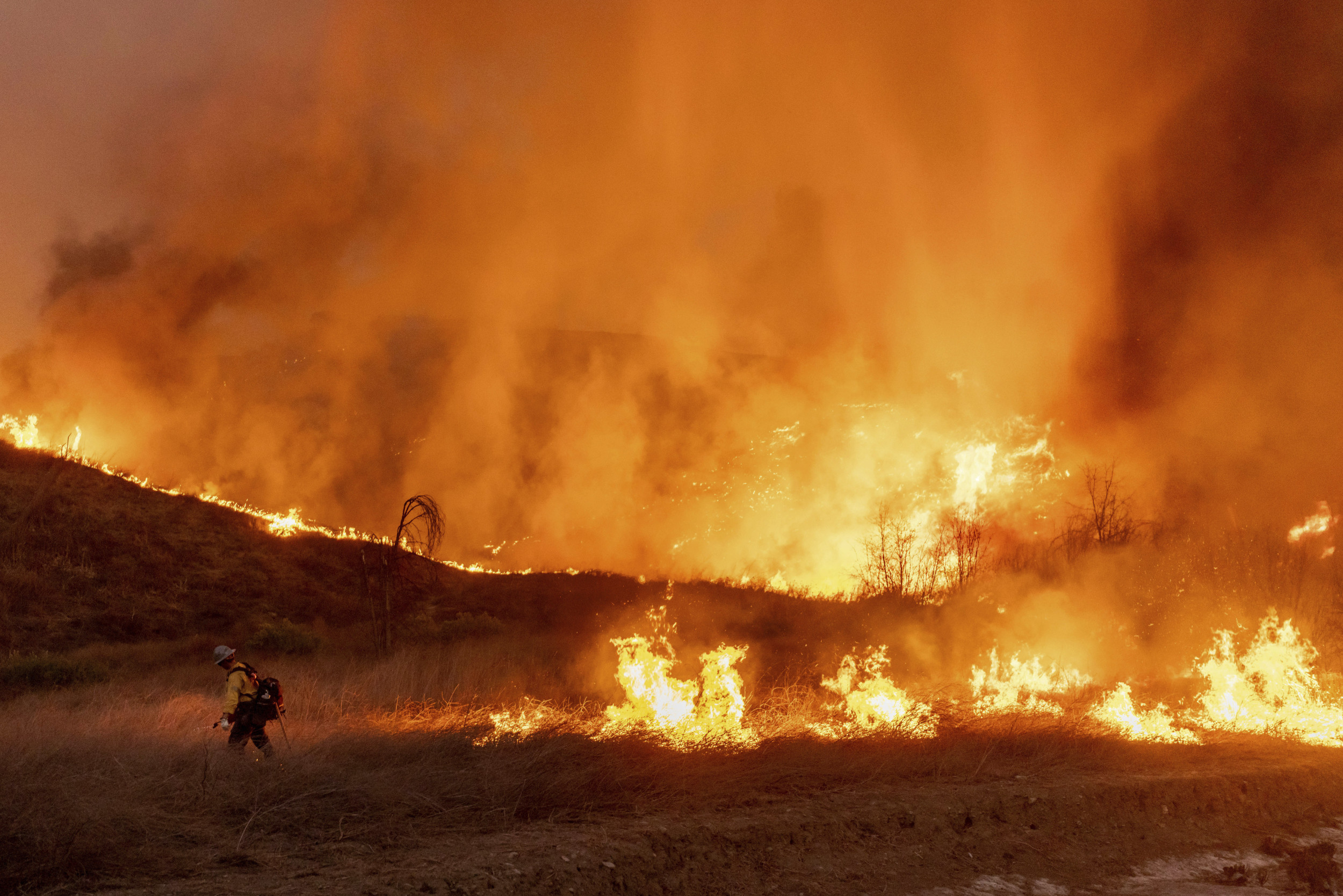Hurricane Rafael appears to have veered to the west after making landfall in Cuba as a Category 3 storm, marking the fifth major hurricane of the year.
The hurricane had wind speeds of 115 mph when it slammed into the western tip of Cuba, causing the island nation's power grid to crash.
Rafael has weakened to a Category 2 hurricane since it emerged back over the ocean, with wind speeds of 105 mph, and is heading west across the Gulf of Mexico in the direction of the Texas-Mexico border. Rafael was initially headed northwards towards Louisiana, but appears to be about to suddenly swing to the west after its foray with Cuba.
"A turn toward the west at a slower forward speed is expected later today, with this general motion continuing through Saturday. On the forecast track, Rafael is expected to continue to move away from western Cuba over the southeastern Gulf of Mexico this morning. Rafael is then forecast to move over the southern Gulf of Mexico for the next few days," the National Hurricane Center (NHC) said in a public advisory.

National Hurricane Center maps show the most likely arrival time of tropical storm-strength winds along the Gulf Coast, with the storm being forecast to arrive somewhere near Texas or Mexico late on Saturday night or early on Sunday.
However, the forecast is very uncertain as to exactly when and where the storm will make landfall on the other side of the Gulf of Mexico, with only a 5 to 20 percent certainty of seeing tropical storm-strength winds along much of the coast.
As Rafael approached Cuba, the Florida Keys braced for powerful winds, heavy rainfall, and up to 2 feet of storm surge, while Cuba anticipated as much as 12 inches of rainfall in some areas. This rainfall is expected to continue throughout today, possibly causing flash flooding and mudslides.
"Hurricane Rafael will continue to bring periods of heavy rain to western Cuba today. Flash flooding and mudslides are possible along the higher terrain," the NHC said in a forecast discussion.
It is unclear if conditions will be ideal for Rafael to remain a hurricane as it continues its journey across the Gulf.
"Very warm sea surface temperature (the engine in terms of energy for the storm to grow), low wind shear (strong wind shear disrupt storms), low surface salinity (or anyway a well stratified upper ocean in terms of its density) helps storms to grow as well (concentrate the high temperatures near the surface)," Annalisa Bracco, a professor of ocean and climate dynamics at the Georgia Institute of Technology, told Newsweek.
The NHC predicts that wind shear may weaken the hurricane on its journey, though it's unclear how much strength the storm will lose by the time it reaches the coast.
"The numerical guidance does indicate very dry air around Rafael through the forecast period, which should induce weakening. If the system moves farther south over the Gulf than currently anticipated, it could encounter lower wind shear, and likely a more moist air mass. This could result in Rafael maintaining its intensity more than currently expected," the NHC said.
Do you have a tip on a science story that Newsweek should be covering? Do you have a question about hurricanes? Let us know via science@newsweek.com.






.png)













 English (US) ·
English (US) ·